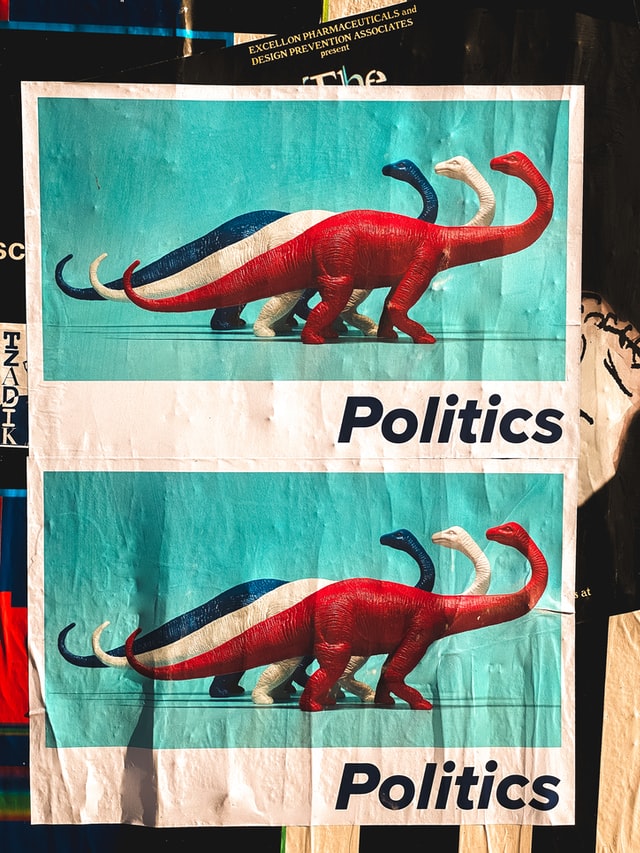If you’re asking the question, “How is public opinion measured through in-depth political surveying?” you might be confused. There are many ways to measure public sentiment, from community meetings and debates to letters to the editor and blog posts. In addition, public sentiment can be reflected in comments on news stories and editorials – they can be thoughtful and respectful or quick and impulsive.
Exit polls
In-depth political survey research can help predict the outcome of elections. Exit polls use survey data collected during the election day. The questionnaires are fairly short, containing less than 25 questions. People take fewer than 5 minutes to complete these questionnaires. While the results aren’t entirely accurate, in-depth political polling gives a good indication of public opinion. They’re also a convenient way to measure public opinion in an election.
Exit polls have been used in the UK for many years and have been commissioned by major broadcasters at general elections. However, in recent years, new statistical methods have been developed to improve the accuracy of predictions.
Exit poll averages
A statistical model predicts the percentage of votes cast for each major party by constituency. In addition, this model considers the variation of voter turnout from constituency to constituency. In other words, a change in one constituency’s turnout does not necessarily translate to a change in another. The model then uses the average vote share of all parties to predict which candidates will win the election.
The prediction methodology involved in exit polls works by taking a sample of voters from each constituency and applying it to previous election results. The problem with previous election results is that UK constituencies are spread out across many polling stations, and there may be wide socio-economic differences between electorates in the same region. Thus, previous polling data tells us little about voting behavior in individual polling stations.
Focus groups
In-depth political polling is one method of measuring public opinion. This method often determines which candidates or issues are gaining popularity. But, many scholars disagree that such polls are egalitarian. Instead, they point to the Bradley effect, in which respondents are not inclined to disclose their unpopular opinions. As a result, the results of political polls may not accurately reflect the incidence of those attitudes within the population. The Bradley effect, in political parlance, can be magnified by the publicity surrounding a poll.
Another method of public opinion measurement is through push polls. Push polls manipulate the public’s perception of a particular candidate or issue. These polls often do not require respondents to know the candidate or government. Instead, they may ask a series of questions to gauge their level of knowledge about a subject. For example, a poll about health care policy might ask respondents to consider whether they read the international news.
Theory of erroneous polling results
The theory of erroneous survey results is based on the flawed assumption that people who take surveys are the same as those who don’t. It is a problem because the things we try to measure are constantly changing. To counteract this problem, polling organizations have begun to weigh responses differently. For example, those more likely to agree with a poll are deemed the “true” voters, but that is only a partial solution.
Common misconceptions about polling
Some people have common misconceptions about in-depth political polling. While it is a legitimate method of predicting elections, polls can have multiple problems. In addition to bias, polls do not represent the US population as a whole. The problem arises from how pollsters weigh the sample by multiple factors. In addition to these problems, polls can be biased based on factors other than race.
Political junkies pore polls for “party ID split” (the percentage of self-identified Democrats versus Republicans) because it means a candidate’s support has risen, or a candidate is falling in the polls. But if a poll shows that Democrats are a majority of respondents, the result is unlikely to be accurate. But this is not always the case because the pollsters often underestimate the impact of party identification on the results of polls.



